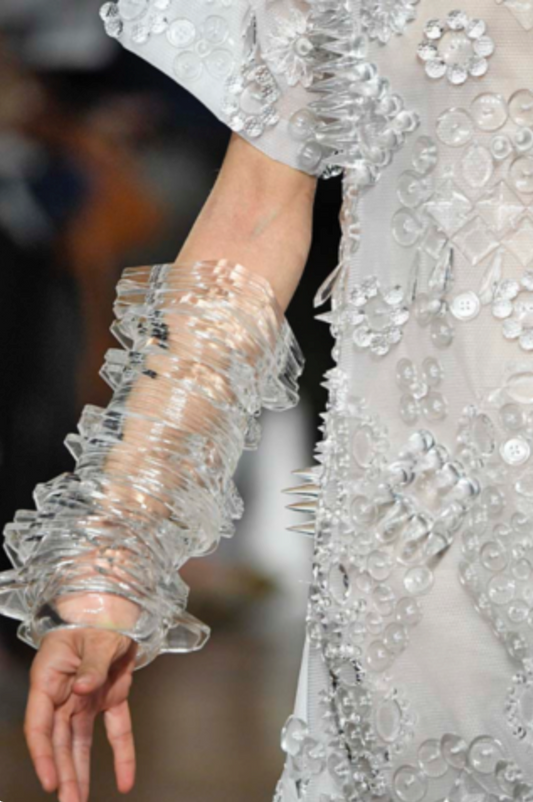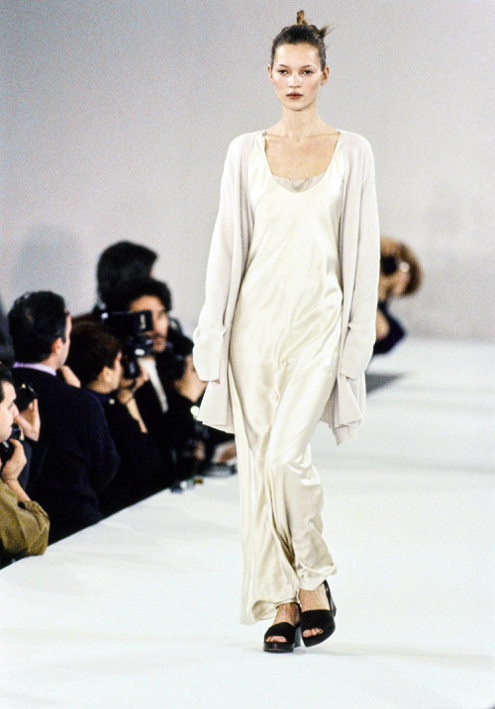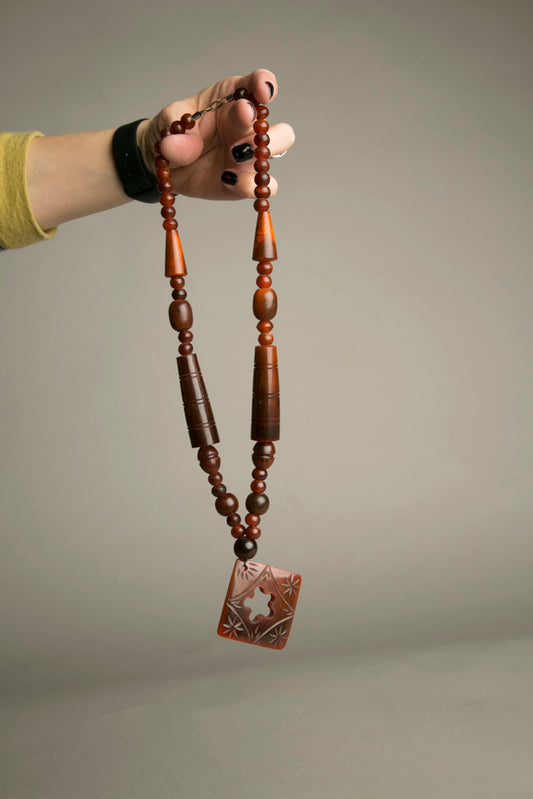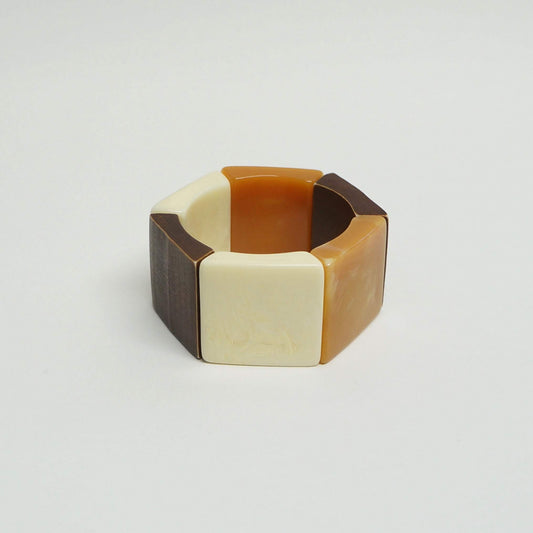Blog Posts
Share information about your brand with your customers. Describe a product, make announcements, or welcome customers to your store.
talkingfashion
Sustainable Jewelry: Wooden Accessories
Wooden Jewelry By Paige McKirahan As one of the most versatile materials in nature, wood can do everything from create beautiful jewelry to make paper. With the ability to be...
Sustainable Jewelry: Wooden Accessories
Wooden Jewelry By Paige McKirahan As one of the most versatile materials in nature, wood can do everything from create beautiful jewelry to make paper. With the ability to be...

Paris Fashion Week SS’19 Accessories Trend Spot...
Paris Fashion Week SS’19 Accessories Trend Spotlight By Paige McKirahan Hello, fashion week aficionados! As a month of fabulous spring and summer fashion is finally coming to a close,...
Paris Fashion Week SS’19 Accessories Trend Spot...
Paris Fashion Week SS’19 Accessories Trend Spotlight By Paige McKirahan Hello, fashion week aficionados! As a month of fabulous spring and summer fashion is finally coming to a close,...

The 1990s: The Battle of Street Style and Minim...
The 1990s: The Battle of Street Style and Minimalism By Paige McKirahan Taking the crown as one of my favorite decades, the 1990s signified a transition from ‘80s garish...
The 1990s: The Battle of Street Style and Minim...
The 1990s: The Battle of Street Style and Minimalism By Paige McKirahan Taking the crown as one of my favorite decades, the 1990s signified a transition from ‘80s garish...

Celluloid, Bakelite, and Plastic: What Are They...
Celluloid, Bakelite, and Plastic: What Are They and How Are They Different? By Paige McKirahan You walk into Barney’s New York with the intention of accessorizing for a night...
Celluloid, Bakelite, and Plastic: What Are They...
Celluloid, Bakelite, and Plastic: What Are They and How Are They Different? By Paige McKirahan You walk into Barney’s New York with the intention of accessorizing for a night...

Are you a bangle collector?
A popular fashion accessory from the 1920s to the early 1940s, bangles are often made from unusual materials and have interesting features. They gained popularity again in the 70s &...
Are you a bangle collector?
A popular fashion accessory from the 1920s to the early 1940s, bangles are often made from unusual materials and have interesting features. They gained popularity again in the 70s &...
Cinco de Mayo
"Kick up your heels, wear some flowers and jangle your bangles for Cinco de Mayo" Ink and watercolor Art by Nancy Smeltzer @nancy501
Cinco de Mayo
"Kick up your heels, wear some flowers and jangle your bangles for Cinco de Mayo" Ink and watercolor Art by Nancy Smeltzer @nancy501
